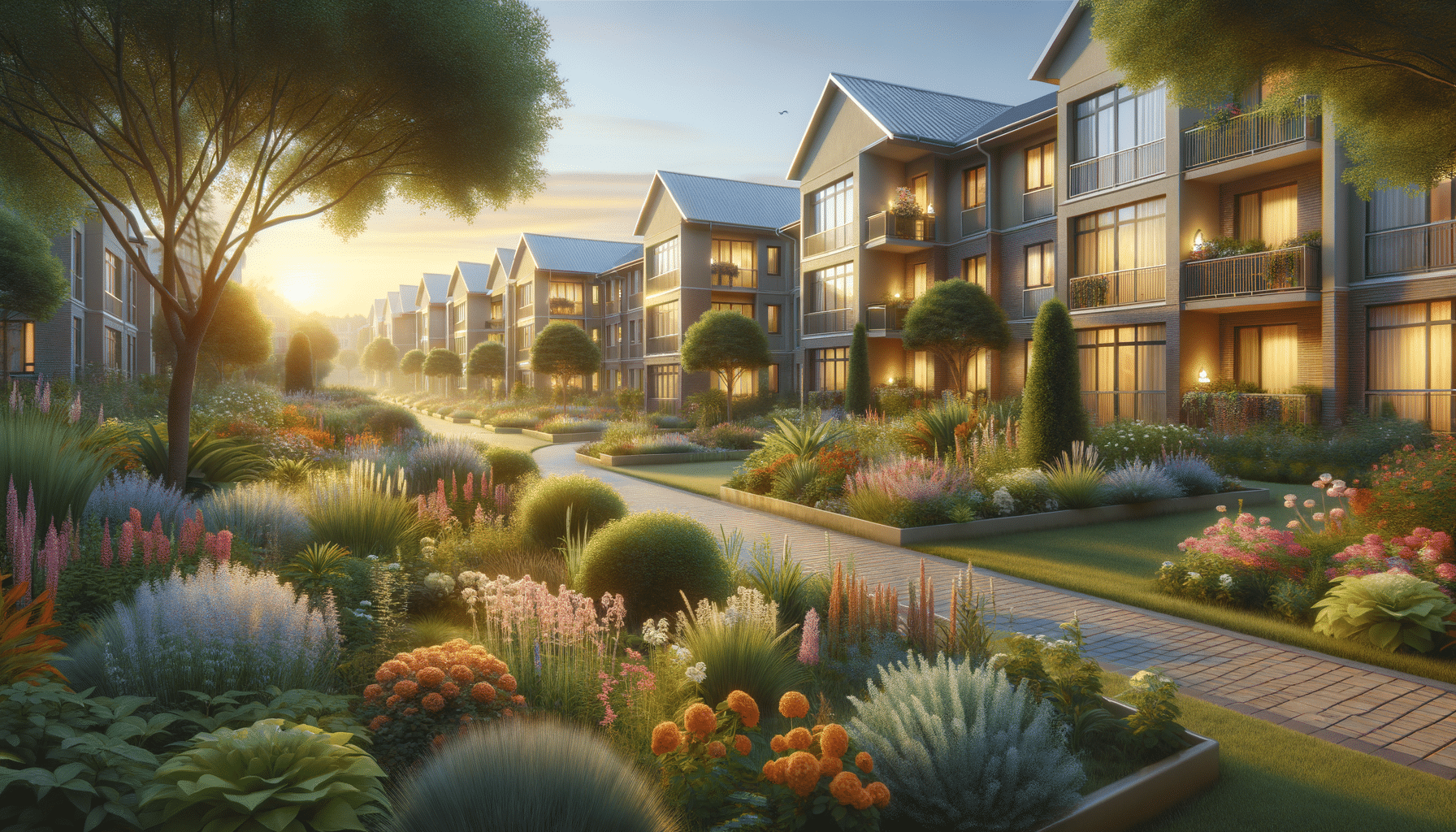
Senior Housing Choices
Introduction to Senior Housing
As the population ages, the demand for suitable housing options for seniors increases. Two popular choices are 55 and older apartments and senior living communities. These options cater to different needs and lifestyles, offering a range of amenities and services that enhance the quality of life for older adults.
Understanding 55 and Older Apartments
55 and older apartments are specifically designed for individuals who have reached a certain age milestone. These apartments often provide a community environment while allowing residents to maintain a high level of independence. They are generally equipped with age-friendly features such as single-story layouts, wider doorways, and non-slip flooring.
Residents of these apartments can enjoy a peaceful living environment surrounded by peers of similar age, fostering a sense of community and belonging. These communities often offer amenities like fitness centers, swimming pools, and social clubs, which encourage an active lifestyle. Importantly, these apartments are not nursing homes and do not provide medical care, allowing residents to live independently while enjoying the social benefits of a community setting.
The Appeal of Senior Living Communities
Senior living communities offer a more comprehensive living arrangement compared to 55 and older apartments. These communities are designed to provide various levels of care, ranging from independent living to assisted living and even skilled nursing care. This continuum of care ensures that residents can transition smoothly as their needs change over time.
These communities often feature a range of services, such as dining facilities, housekeeping, transportation, and healthcare services. Social activities and wellness programs are also integral parts of these communities, promoting both physical and mental well-being. The presence of medical staff and emergency response systems provides an added level of security, making senior living communities a preferred choice for those who anticipate needing more support as they age.
Comparing Costs and Benefits
The decision between 55 and older apartments and senior living communities often comes down to cost and the specific needs of the individual. 55 and older apartments tend to be more affordable since they do not include the extensive services provided in senior living communities. However, for those who require or anticipate needing more comprehensive care, the additional cost of senior living communities may be justified by the peace of mind and convenience they offer.
It is essential for potential residents and their families to carefully assess their current and future needs, considering factors such as health, mobility, and social preferences. Consulting with financial advisors and healthcare professionals can provide valuable insights to make an informed decision.
Conclusion: Choosing the Right Option
The choice between 55 and older apartments and senior living communities is highly personal and depends on the individual’s lifestyle, health needs, and financial situation. Both options offer unique benefits that cater to different aspects of senior living. Ultimately, the goal is to select a living arrangement that provides comfort, security, and fulfillment for the years ahead.
For those seeking independence with a sense of community, 55 and older apartments might be the ideal choice. In contrast, senior living communities may be better suited for those who value the security of having access to a range of services and care options. Regardless of the choice, these housing options play a crucial role in supporting the well-being of seniors as they transition into this new phase of life.


